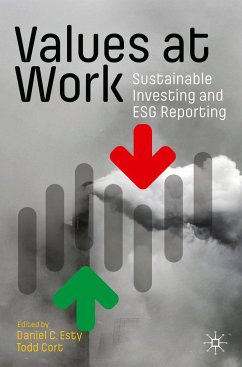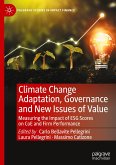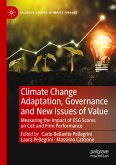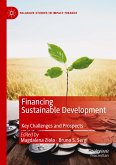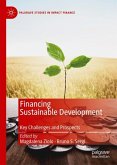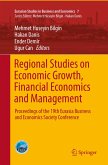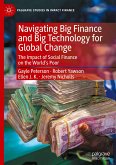Sustainable investing is a rapidly growing and evolving field. With investors expressing ever greater interest in environmental, social, and governance (ESG) metrics and reporting, companies face a sustainability imperative and the need to remake their business models to respond to an array of pressing issues including climate change, air and water pollution, racial justice, workplace diversity, economic inequality, privacy, corporate integrity, and good governance. From equities to fixed income and from private equity to impact-investing, investors of all kinds now want to understand which companies will be marketplace leaders in a business future redefined by sustainability. Thus, investment strategies, risk models, financial vehicles, applications, data, metrics, standards, and regulations are all changing rapidly around the world.
In an effort to better understand the current status and movement of this dynamic field and to provide a practical reference for the growing pool of investors, financial advisors, companies, and academics seeking information on sustainable investing and ESG reporting, this edited book covers the latest trends, tools, and thinking. It showcases the work of authors from leading companies and academic institutions across a range of vital topics such as financial disclosure, portfolio assessment, ESG metrics construction, and law as well as regulation. Readers of the book will be better able to identify and address the hurdles to moving mainstream capital toward more sustainable companies, investments, and projects.
In an effort to better understand the current status and movement of this dynamic field and to provide a practical reference for the growing pool of investors, financial advisors, companies, and academics seeking information on sustainable investing and ESG reporting, this edited book covers the latest trends, tools, and thinking. It showcases the work of authors from leading companies and academic institutions across a range of vital topics such as financial disclosure, portfolio assessment, ESG metrics construction, and law as well as regulation. Readers of the book will be better able to identify and address the hurdles to moving mainstream capital toward more sustainable companies, investments, and projects.

